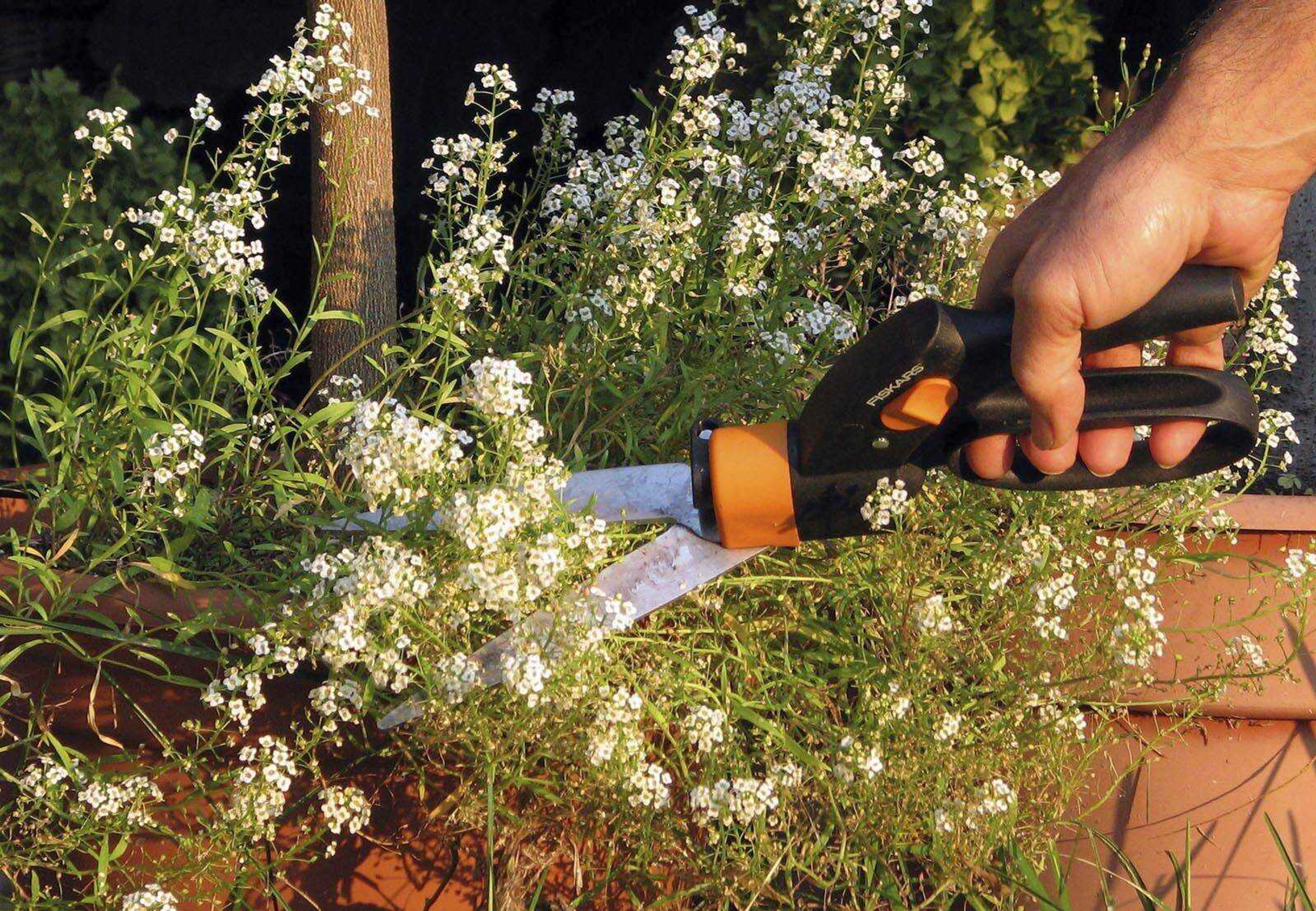Off with their heads: Flowers come and go, but they do benefit from pruning
Flowers are the ephemerals of the garden. They vanish without a trace at the end of each season, so you would hardly think them worth pruning during their brief stay. Yet pruning can help make more flowers, make the plants bushier or increase the size of individual flowers...
Flowers are the ephemerals of the garden. They vanish without a trace at the end of each season, so you would hardly think them worth pruning during their brief stay. Yet pruning can help make more flowers, make the plants bushier or increase the size of individual flowers.
So grab your hand shears and sharpen your thumbnail for a stroll among the flowers.
Start with a pinch
Pinching out the tips of growing stems stops, at least temporarily, their growth, in so doing coaxing growth of side shoots. The result: bushier plants. Even though plants such as lavatera, marigold and zinnia are naturally bushy, pinching out the tips of their stems makes them more so.
Don't carry pinching to excess, though, because it does delay flowering; pinching is something you want to do mostly at the beginning of the growing season. And plants with more side shoots will have more -- but smaller -- flowers.
A single pinch is usually sufficient for marigolds and other naturally bushy flowers. Certain chrysanthemums look best with repeated pinching. With snapdragon and some other spiky flowers, you have a choice: Do you want a single large spike, or several smaller ones?
Bigger flowers
Just as pinching the tips of stems makes bushier plants with more but smaller flowers, limiting the number of stems or flowers has the opposite effect. This is how you grow "football" mums and "dinnerplate" dahlias. Create a plant with fewer but larger flowers by pinching off side shoots, pinching off flower buds forming along a stem, or reducing the number of stems sprouting from ground level.
Remove a side shoot or lateral flower bud while either is still young and succulent. The best time to limit the number of stems growing from ground level -- New England aster and perennial phlox are two that put on a better show with this treatment -- was earlier in the season, just as growth was beginning.
Deadhead for more flowers
Removing spent flowers -- called deadheading -- is yet another way pruning gets the best out of your flower plants. Deadheading does double duty, keeping plants tidy and preventing seed formation. Seed formation can drain enough energy from a plant to slow or stop flowering.
Deadheading is especially effective at keeping annuals energetic because all they live for is to flower enough to set some seeds. Then these plants slow down or die, all in one season.
However, even some perennials will come back for a repeat performance later in the season if you cut back their flowers after the first show. Try it with delphinium and Canterbury bells.
Cutting individual spent flowers from mounded plants bearing small flowers would be much too tedious. Deadhead alyssum, nasturtium, petunias and other such plants by shearing the whole plant back with either grass or hedge shears after a flush of bloom. Give mounded perennials like basket-of-gold, cottage pink, edging candytuft and spike speedwell similar treatment. All these plants will look ragged for awhile, but they will soon cover shorn stems and leaves with new growth and flowers.
Deadheading also keeps plants tidy by preventing unwanted self-seeding. Especially fecund plants include feverfew, perennial phlox, thick-leaf phlox and, with a name to scare any fastidious gardener, giant hogweed (considered an invasive weed in many places). Lop off their spent flowers before they make seeds, or these flowers are apt to become "weeds," that is, any plant in the wrong place.
Connect with the Southeast Missourian Newsroom:
For corrections to this story or other insights for the editor, click here. To submit a letter to the editor, click here. To learn about the Southeast Missourian’s AI Policy, click here.










